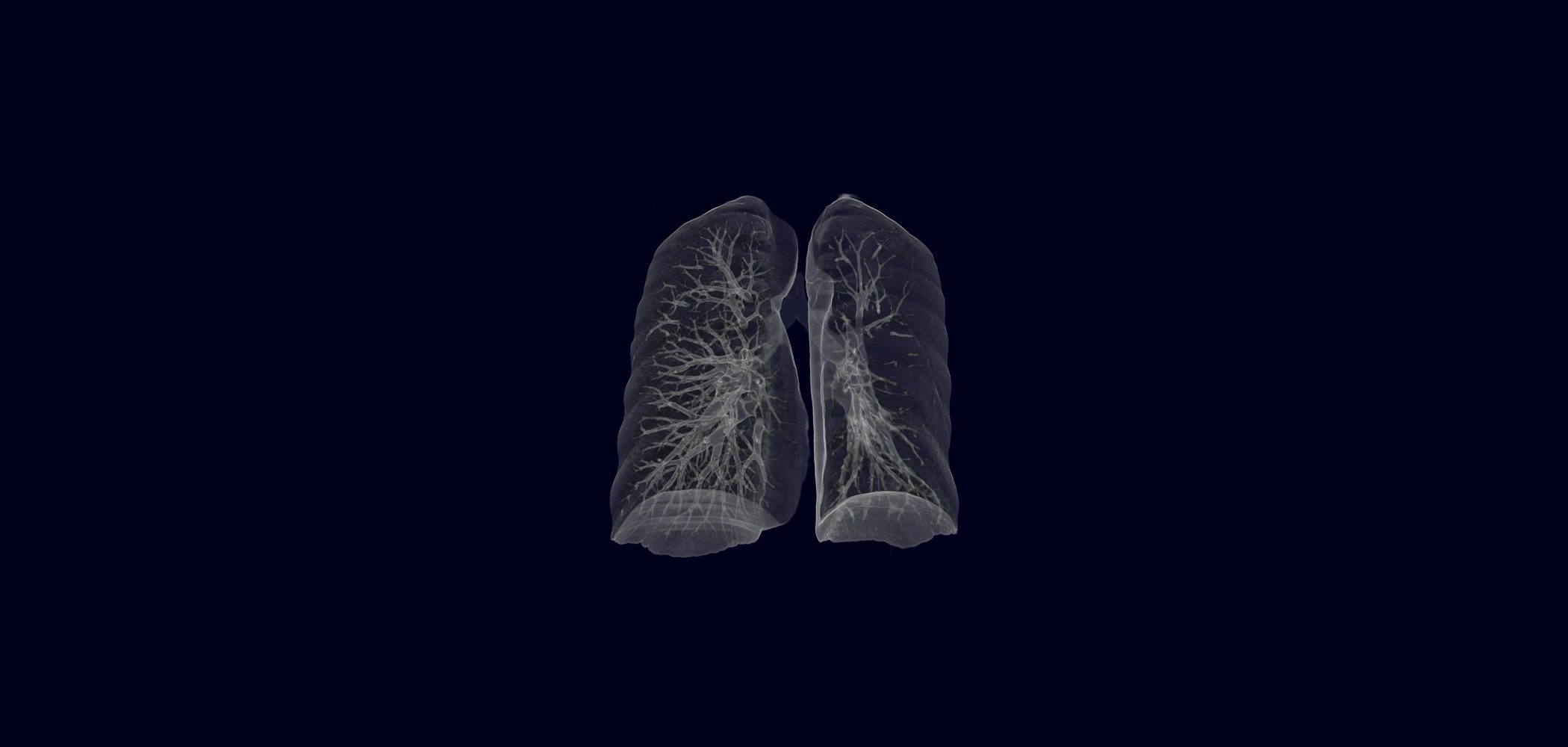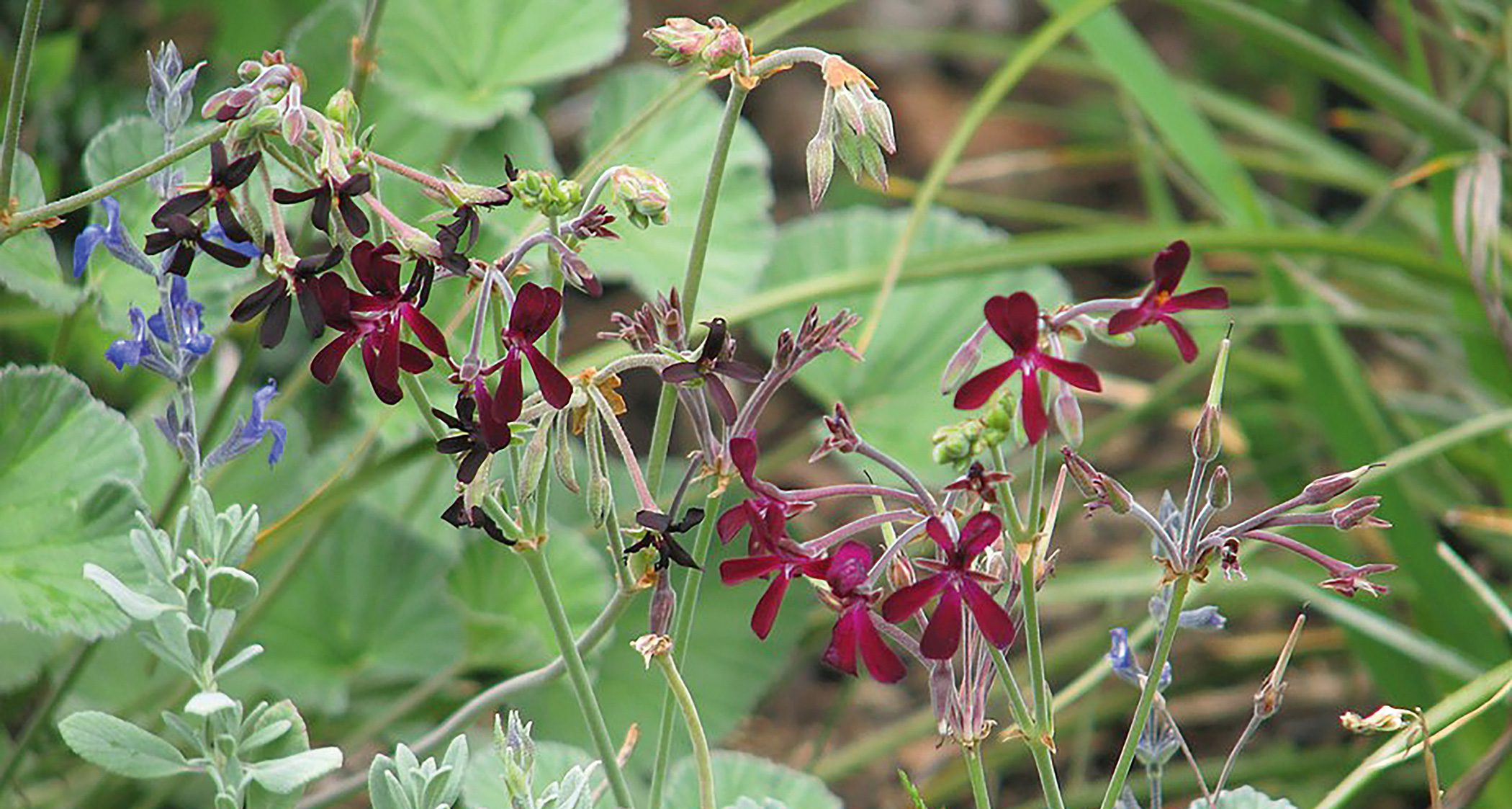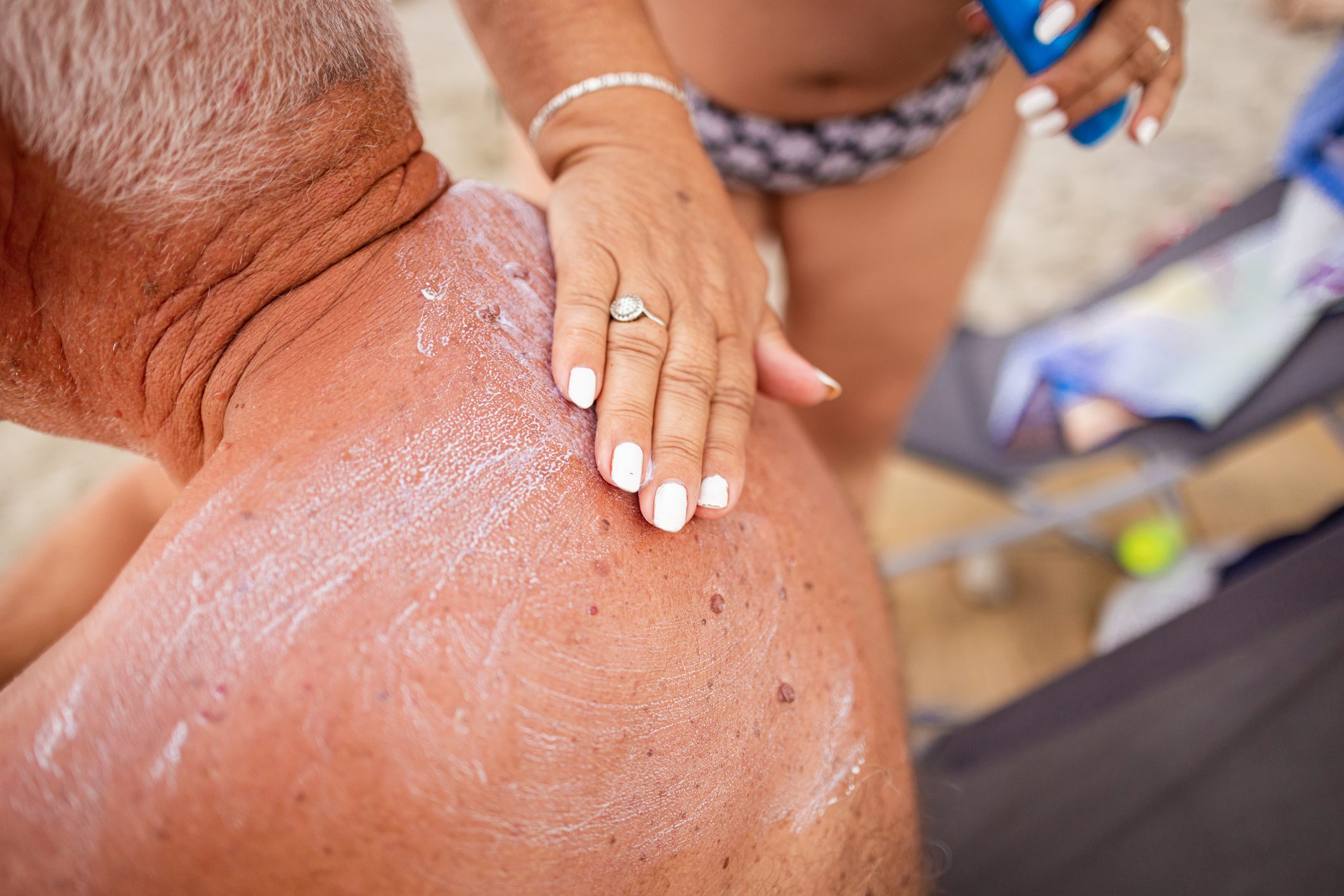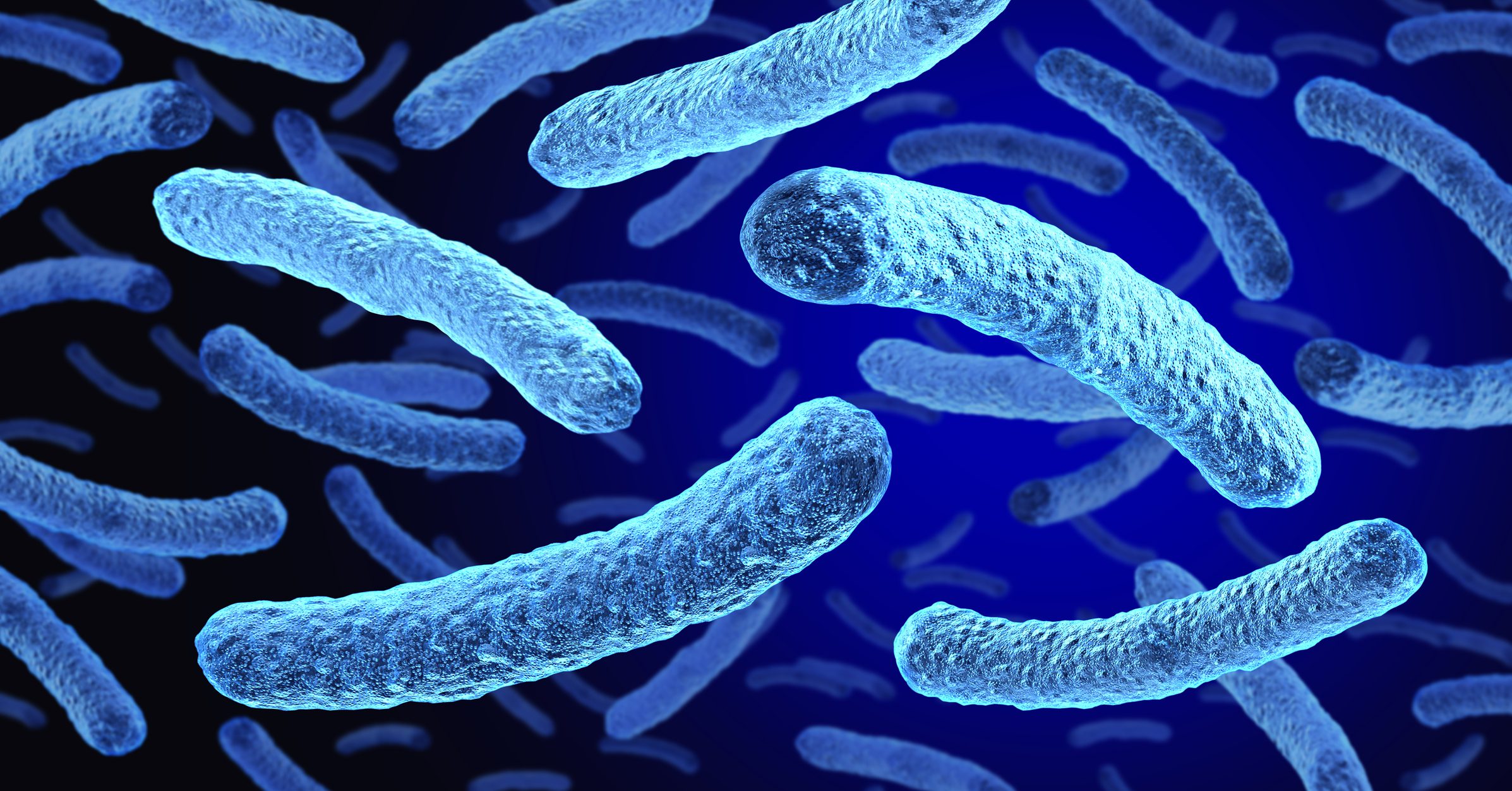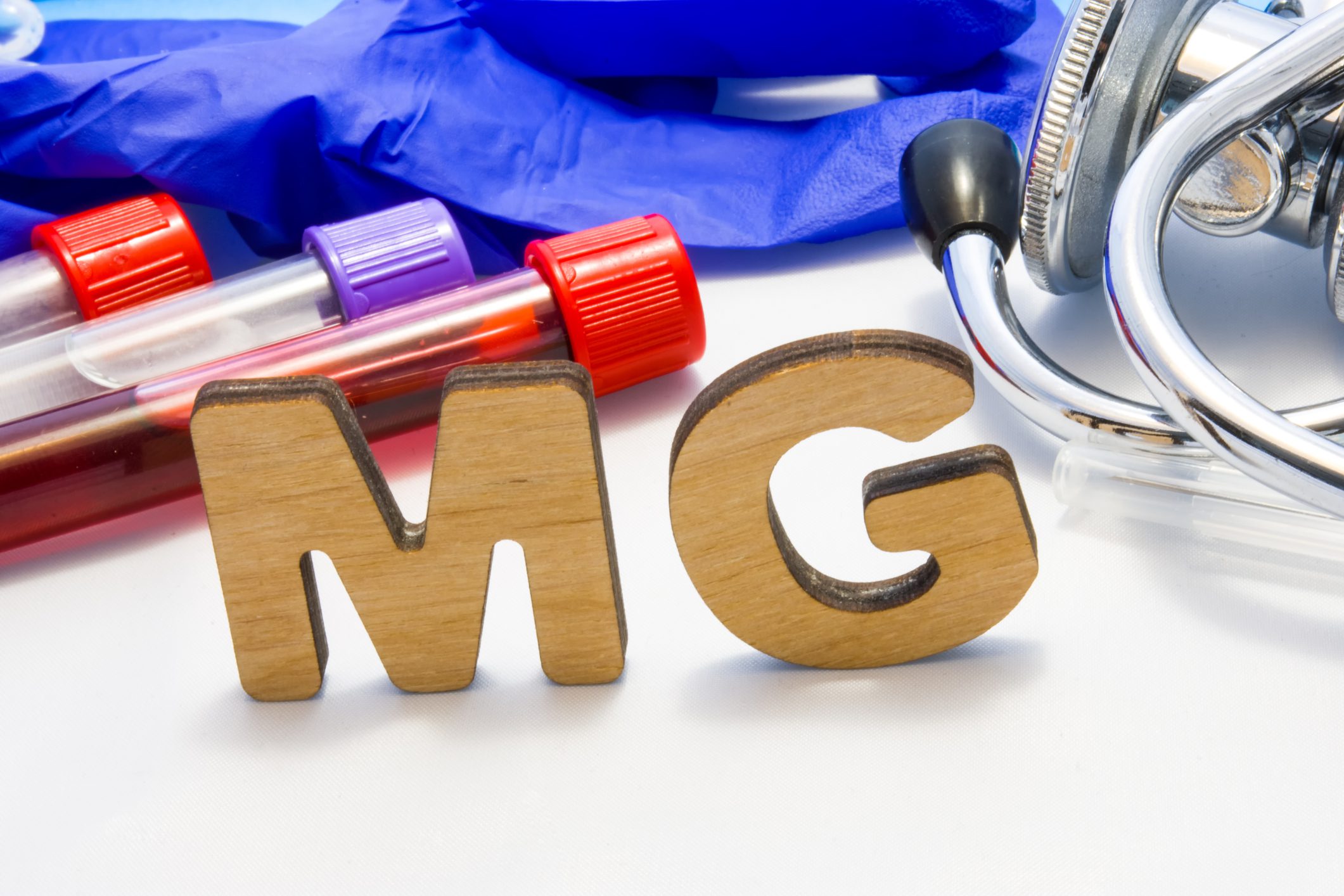In Switzerland, means and objects that serve the treatment or examination of a disease and its consequences are among the compulsory benefits of compulsory health care insurance. The effectiveness, appropriateness and efficiency of the services are reviewed periodically. As of October 1, 2022, the next stage of the MiGeL adjustment has come into force, with some interesting and important innovations for the wound care sector among them.
The Federal Office of Public Health (FOPH) specifies in the List of Goods and Services (MiGeL) which services must be covered by the health insurance funds. Provided that the obligation to provide benefits is fulfilled and a doctor’s order has been issued, the products listed in the MiGeL are covered by the mandatory health care insurance (OKP). The MiGeL is listed in the annex to the Krankenpflege-Leistungsverordnung (KLV). The following is a summary of some of the changes that went into effect on 10/1/2022 with implications for the field of wound management [1].
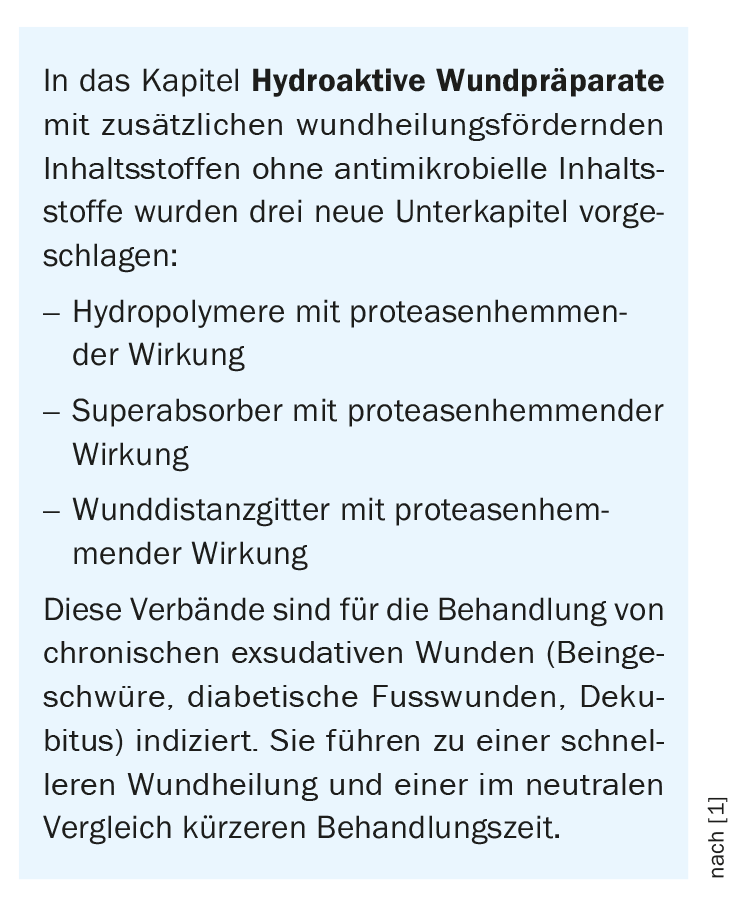
Wound care products newly included in MiGeL
Among the new additions is the chapter Wound Margin Protection with the following items: Wound margin protection with siloxanes, applicator sterile 1 ml or 3 ml. These are products that form a film on the skin, protecting both healthy and damaged skin from wound exudate. Use is limited to weeping wounds to protect against maceration. Not remunerated: Combination with moisturizing dressings, protection of adhesion injuries or friction.
Also a new addition are fixation aids for wound dressings made from ready-to-use foot dressings with Velcro. They enclose the foot and ankle to fix a primary wound dressing easily and without wrinkles. This allows risks (obstruction of arterial inflow/pressure points) to be minimized in difficult situations or when used by rather inexperienced users.
Wound pads for wet therapy are a product type that is already listed in the MiGeL. The wound pads release fluid and reabsorb the fluid released by the wound. This results in continuous irrigation of the wound. Two additional formats from the area of wound dressing pads for wet therapy were newly included.

What has been requested for inclusion in the MiGeL
Hydropolymers with silver, alginates with silver, gelling fiber dressings with silver and wound spacer grids with silver include various dressing materials which have silver added. The antibacterial effect helps to contain microbial colonization of wounds. The application is limited to infected and critically colonized wounds and the duration of application is limited to 30 days; in justified cases, a longer duration of application can be reimbursed upon prior special approval by the insurer.
Wound Vacuum Therapy System (reusable system) have a reservoir to collect exudate. The indications for these systems are diverse (surgical, traumatic, chronic wounds, etc.). The systems are suitable for wounds with moderate to heavy exudate. Wound vacuum therapy systems use a pressure lower than atmospheric pressure, which stimulates granulation tissue formation and wound healing.
Wound therapy maggots are maggots of the fly Lucilia sericata for wound maggot therapy for the treatment of chronic wounds. They are sealed in a sterile bag and applied to chronic wounds for 3-5 days. During this time, they selectively break down necrotic tissue, thus cleaning the wound. Wound therapy with maggots has already been listed for chronic wounds in Appendix 1 of the KLV, in the dermatology chapter, since 2011. Wound therapy maggots are individually made-to-measure bags, which is why payment is made per cm².
The complete list of MiGeL is available on the homepage of the BAG.
Literature:
- Federal Office of Public Health (FOPH): Commentary on the amendments to Annex 2 KLV of September 1, 2022, effective October 1, 2022 (AS 2022 527 of September 22, 2022), www.bag.admin.ch,(last accessed Nov. 29, 2022).
- “Answers to Frequently Asked Questions about the Nursing Compensation Adjustment Effective October 1, 2021,” Frequently Asked Questions (FAQ), July 04, 2022, www.bag.admin.ch, (last accessed Nov. 29, 2022).





